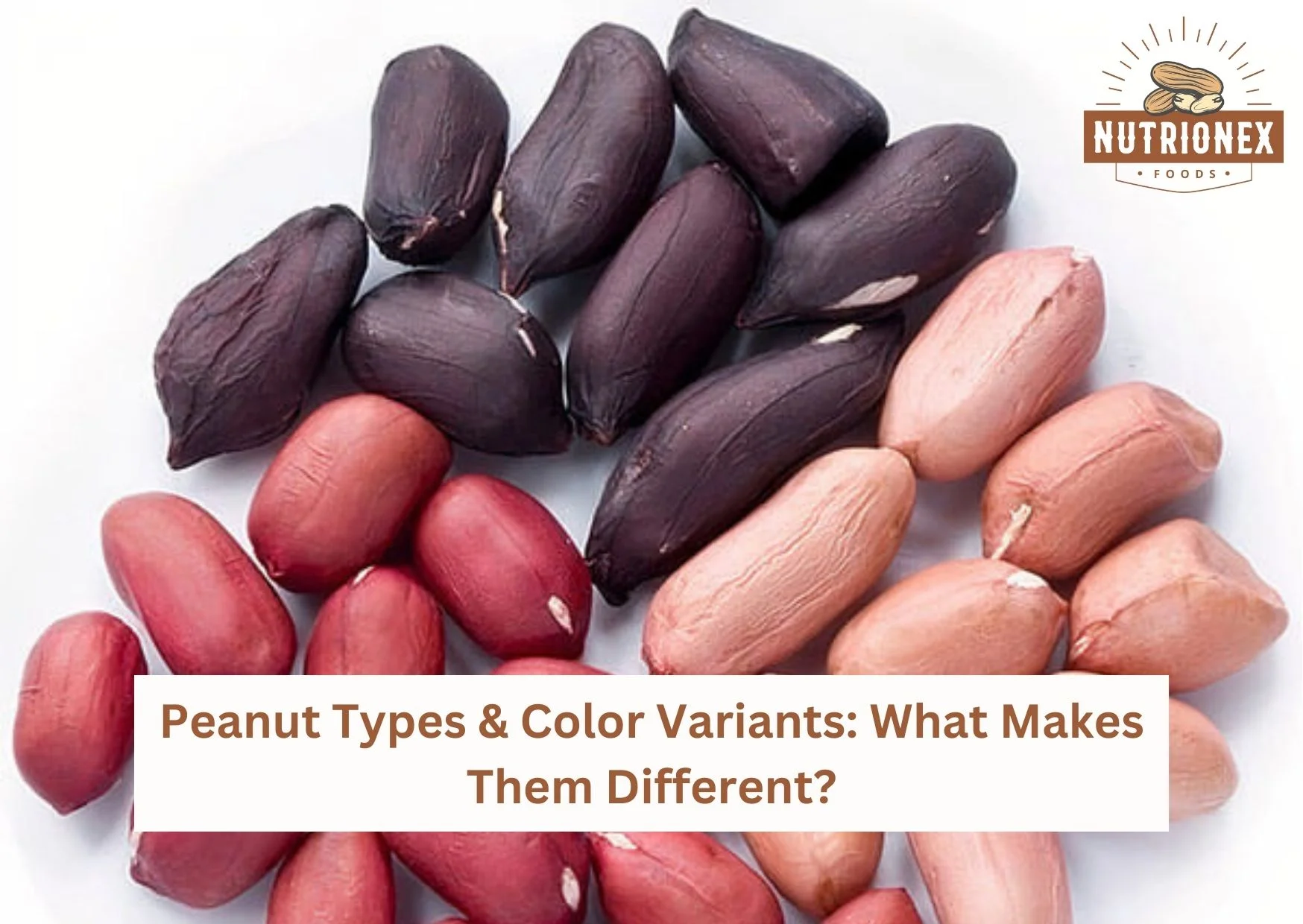
Peanut Types & Color Variants: What Makes Them Different?
Peanuts are one of the most popular nuts all around the world due to their nutritional benefits, versatility and flavor. Despite that, lots of people do not know that there are different types of peanuts and also colors that come with other differences. In this comprehensive guide, I will cover the different types of peanuts, their color variants, as well as what makes one peanut different from another when it comes to flavor, texture, and usage.
Types of Peanuts
1. Runner Peanuts
2. Virginia Peanuts
3. Spanish Peanuts
4. Valencia Peanuts
5. Tennessee Red & White Peanuts
1. Runner Peanuts
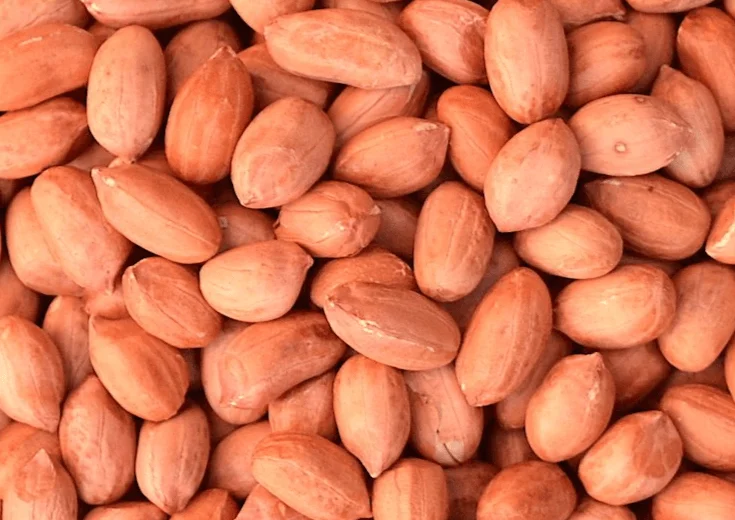
The most commonplace peanut variety is known as runner peanuts because of their high yield and consistent shape as peanuts, making them top player in the peanut industry. And their pleasantly balanced flavor and smooth texture make them a good substitute in many peanut-based products.
Characteristics
• Medium-sized with a uniform shape
• High yield per plant
• Mostly used for peanut butter production
Flavor & Uses
Based on their balanced flavor and smooth texture, runner peanuts are known. They are the same size, so they are great for even roasting and processing. With their high yield, they are mostly used for the production of peanut butter, snacks, and candies.
Additional Information
Most of the runner peanuts grown in the U.S. are grown in Georgia, Alabama, and Florida and are therefore the most widely grown variety of peanuts. Peanut production in large-scale peanut industries can be handled efficiently by having their consistent size.
2. Virginia Peanuts
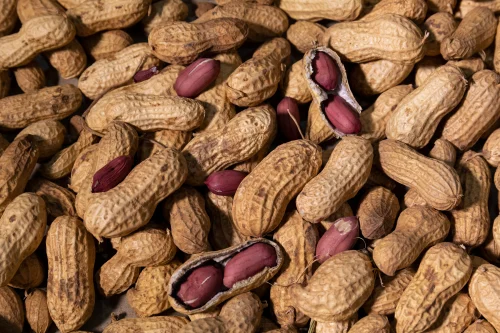
Virginia peanuts are sometimes referred to as ‘gourmet peanuts’ for their large size and crunchy texture. This variety is a premium variety widely used for high quality snack snacks and roasting peanut products.
Characteristics
• Large-sized, often referred to as "gourmet peanuts"
• Crunchier than other varieties
• Mostly grown in Virginia and North Carolina
Flavor & Uses
Virginia peanuts are known for their extra-large kernels and crunchy texture. They are also used for roasting in shells, premium snacks and gourmet peanut products. Peanuts imbued with such a flavor are no stranger to high-quality peanut-based treats.
Additional Information
Gourmet packaging and specialty snacks often include these peanuts as they are often hand-selected. Also, due to their large size, they are considered premium-quality peanuts and are sold in specialty markets.
3. Spanish Peanuts
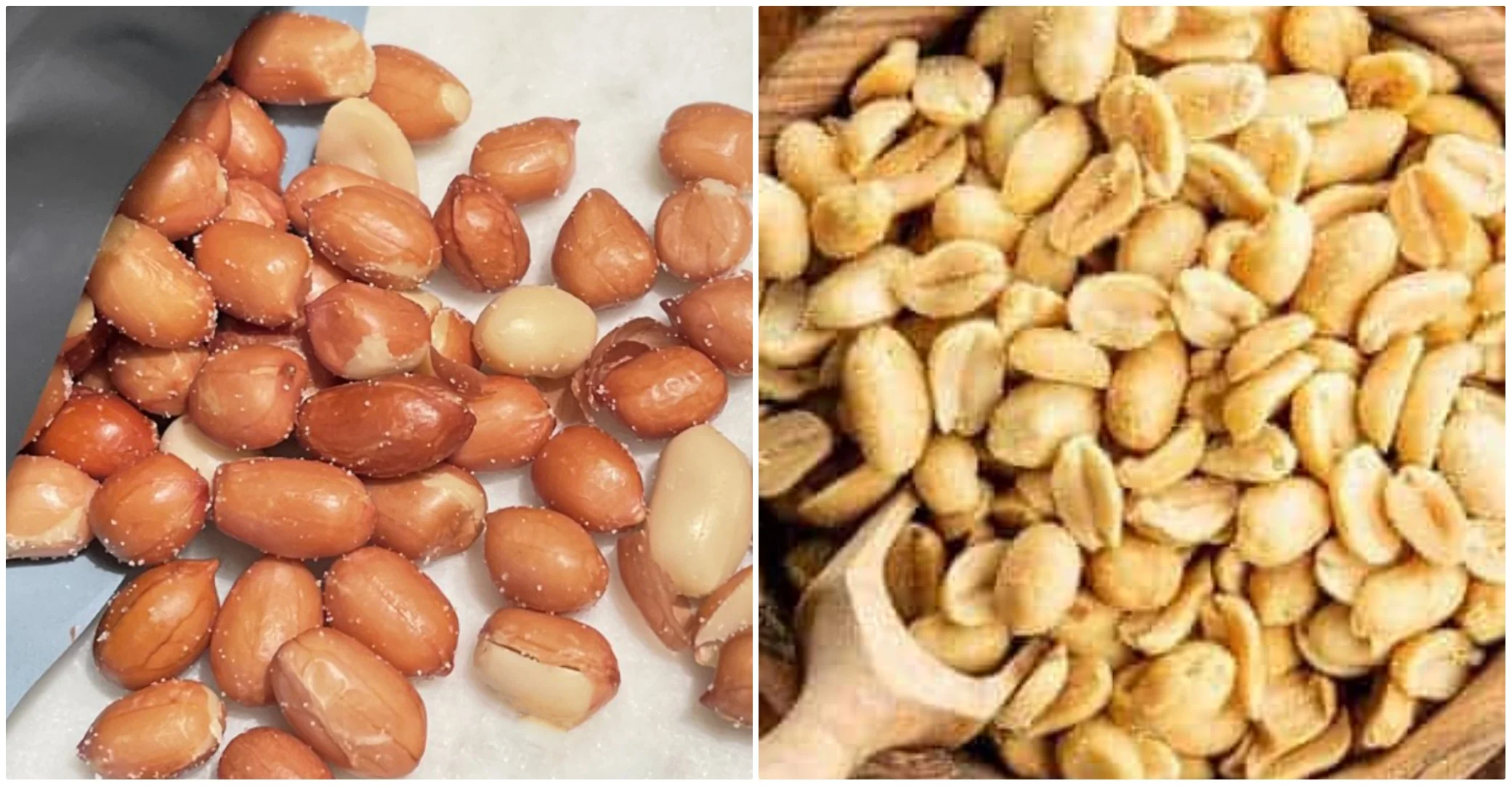
The most distinctive Spanish peanuts have a small size and reddish-brown skin. The bags have a strong, nutty flavor and are high in oil, which makes them a favorite for peanuts for their oil and snack production.
Characteristics
• Small-sized with a reddish-brown skin
• Higher oil content compared to other peanut types
• Grown mainly in the U.S., Africa, and South America
Flavor & Uses
Spanish peanuts are very nutty and slightly sweet in flavor. Since they contain a high oil content they operate as a natural resource in oil production. They are also widely used in chocolate, as peanut butter, and roasted peanuts.
Additional Information
Rich as they are, Spanish peanuts are commonly used for peanut brittle and as the basis for chocolate-covered peanuts. Besides, it is their high oil content that makes them a favored choice for frying and deep-roasted snacks.
4. Valencia Peanuts
.webp)
Reputed as one of the sweetest, Valencia peanuts also have bright red skin and many kernels per shell. Organic snacks and boiled peanuts are both made for their naturally sweet taste.
Characteristics
• The sweetest variety of peanuts
• Smaller size with three or more kernels per shell
• Bright red skin
Flavor & Uses
Valencia peanuts are the sweetest peanuts and are best used for boiled peanuts. Additionally they are also used in natural peanut butter and organic snacks because of their fresh and sweet taste.
Additional Information
Mostly, Valencia peanuts are grown in New Mexico and Texas. The skin of these are unique, vibrant red and contain more antioxidants than other peanut types.
5. Tennessee Red & White Peanuts
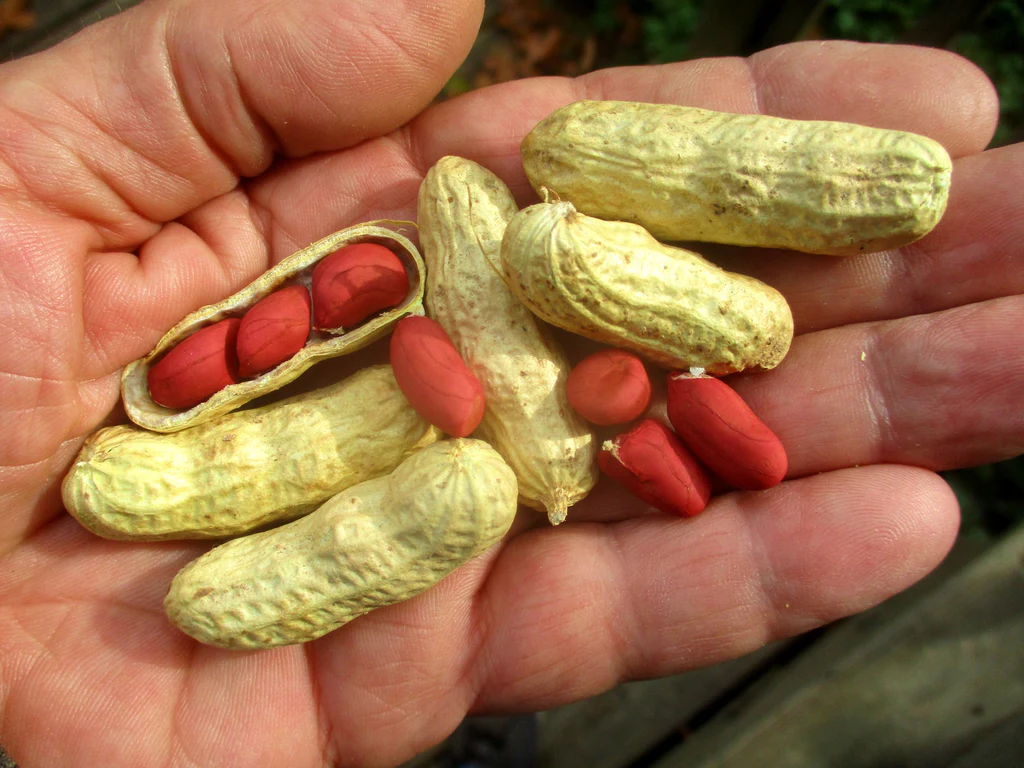
There are variations of this peanut, which is rare and unique, its taste is varied, and it is often used in specialty gourmet items. Peanut enthusiasts‘ favorite because of their unique flavor.
Characteristics
• Less common but known for their distinct taste
• Red and white-skinned varieties
• Often used in specialty products
Flavor & Uses
Instead, the flavored peanuts are unique and typically used in niche markets for gourmet peanut snacks and specialty peanut-based products.
Additional Information
Tennessee Red and White peanuts are rare, thus they are often sold in small quantities to be used in traditional Southern dishes. For peanut connoisseurs, they are a favorite for the distinct flavors they have.
Peanut Color Variants & Their Nutritional Benefits
Peanut kernels come in different skin colors, which indicate their variety and nutrient content. Here are the common color variants:
1. Red-Skinned Peanuts (Spanish & Valencia Peanuts)
.webp)
Another of these peanuts is one with deeply red skin and full of resveratrol, a powerful antioxidant linked to heart health. Their naturally sweet and fragrant flavor makes them a top choice for involving in peanut butter, confections and roasted snack varieties, and they have a delicious naturally nutty flavor when roasted.
• Rich in antioxidants like resveratrol
• Preferred for candies and peanut butter
• More aromatic flavor
2. Light Brown or Tan Peanuts (Runner & Virginia Peanuts)
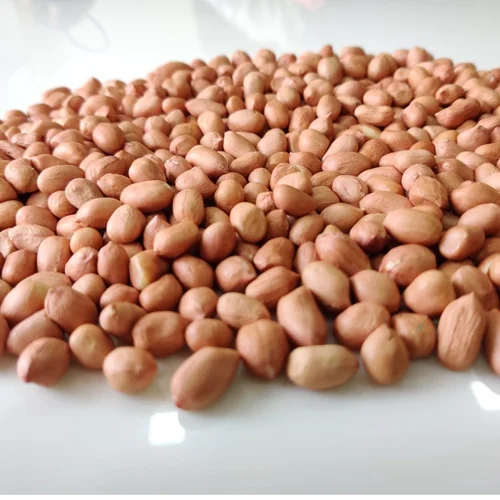
These peanuts are grown for pthe roduction of peanuts for peanut butter and snack industries – recognized as peanuts with mild flavor and uniform size. That texture consistency and lower oil content make them ideal for roasting, salting, and other commercial peanut-based products.
• Less intense flavor
• Ideal for roasting and making peanut butter
• Common in commercial peanut products
3. Purple Peanuts (Specialty Peanuts, Found in Asia & Africa)
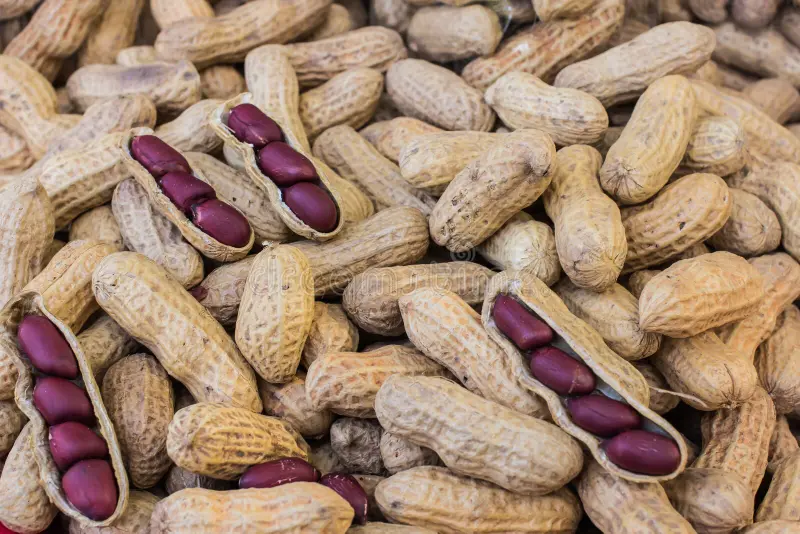
With high anthocyanin, these peanuts, with purple skin have special antioxidant benefits. They are often included in health-conscious snacks because they hold potential anti-inflammatory properties and nutritional value.
• Contain higher anthocyanin levels (antioxidants)
• Used in health-focused snacks and nut blends
Peanuts come in various skin colors, which indicate their nutrient composition and antioxidant levels. Here’s a breakdown of the different color variants:
| Peanut Color | Key Benefits | Common Varieties |
| Red-Skinned Peanuts | High in antioxidants (resveratrol), more aromatic and flavorful | Spanish & Valencia Peanuts |
| Light Brown or Tan Peanuts | Neutral taste, ideal for peanut butter and roasted snacks, lower antioxidant levels | Runner & Virginia Peanuts |
| Purple-Skinned Peanuts | High in anthocyanins, providing strong antioxidant benefits | Specialty Peanuts (Asia & Africa) |
Which Peanut Type Is Best for You?
Choosing the right peanut type depends on your preferences and intended use. Here’s a quick guide:
• For Peanut Butter Lovers: Runner peanuts are the most commonly used to make commercial peanut butter because of their consistency and availability.
• For Gourmet Snacking: When it comes to buying Gourmet Snacking, nothing is better than large-size Virginia peanuts with a crunchy texture.
• For Candy & Sweets: Spanish peanuts can only be used because their high oil content adds flavor and texture.
• For Natural, Healthier Snacks: Valencia in general are more natural and more healthy snacks because of the natural sweetness and red skin that’s antioxidant-rich.
• For Health-Conscious Consumers: Purple peanuts have more antioxidants than any other and are a good choice for a superfood blend.
Conclusion
There are more peanut types, and more varieties and colors, than most people realize, providing flavors, textures, and health benefits different from most. Whether you are a peanut butter lover, a gourmet snacker, or a consumer in search of a healthier peanut, there’s a peanut variety that will fit your needs.
If you are searching for the best premium quality peanuts that you can buy for your business or personal consumption, go for the top manufacturer and exporter in the market today!
